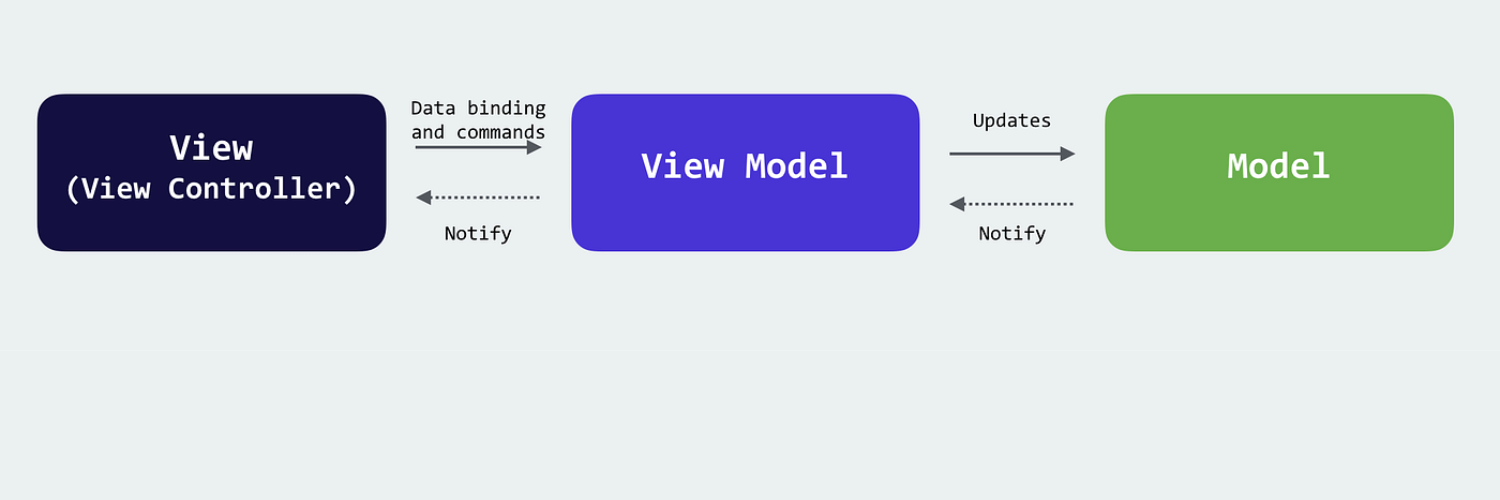Thanks to the combination of increasing popularity, especially in the mobile sector, the release of new consoles, and the incentive of audiences looking to find social connections at safe distances, the video gaming industry is booming in 2021. According to Statista, the value of the global video games market this year will reach $140 billion.
For decades, video games have mystified people who do not play them. Remember The New York Times Magazine, which grappled in 1974 with the emergence of the arcade game calling it “the space age pinball machine” in Manhattan bars. What was this new coin-operated amusement? If not a kind of pinball, was it a newfangled jukebox? Electronic foosball? How much money was it making? Was it addictive? Could it help lonely people? More than 40 years later, many ask similar questions. And some durable myths remain extremely difficult to dispel. But let us try to do so.
Myth #1 Video game development is all fun and games
It does not matter whether you are the primary programmer or their PR manager, or the main animator, or the music composer, or a beta tester—video game development is work. Often satisfying and fulfilling, and perhaps even lucrative, but it is a job. And it requires lots of competence and technical skills. Furthermore, as in many other fields, game development trends are changing one after another and it is not an easy task to always stay updated.
Even the people tasked with playing and testing the game during its development process must deliver their work completed on time and on budget. Game development comes with timelines and guidelines that developers need to adhere to, and fun is often only a small part of the job.
Myth #2 Children are the primary market for video games. And no girls play video games
Video games in general, and the video game industry specifically, appeal to individuals of all ages, genders, skill levels, nationalities, and ethnicities. While most American kids do play video games, the center of the video game market has shifted older as the first generation of gamers enters adulthood. Already 62 percent of the console market and 66 percent of the PC market are aged 18 and older.
Historically, the video game market has been predominantly for males. However, the percentage of women playing games has been steadily increasing over the past decade. Women now slightly outnumber men playing Web-based games. From the mid-90s games such as The Sims were huge global successes that attracted many women even those who had never played games before. Nevertheless, given the historic imbalance in the game market, the presence of sexist stereotyping in games is hardly surprising. Yet it is also important to note that female game characters are often portrayed as powerful and independent. The reality is that now the percentage of female video game players is getting closer to 50%. The work environment in the video gaming industry meets all applicable standards.
Myth #3 Only programmers and gamers are successful in the video game industry
As mentioned in the previous section, there are numerous job roles associated with the development of video games - artists, writers, producers, accountants, designers, testers, marketers, engineers, etc. - all play significant roles in game development cycle. So, while coding and programming are certainly of key importance, those roles are by far and away not the only ones available in the video game industry. You do not have to be a programmer to be successful in the video game industry.
The same goes for having a big gaming experience. The idea that you must be a professional gamer to have a successful career in the industry is a pure myth. While experience playing video games may help the artist, the musician, or the marketing specialist produce better content, it is certainly not an absolute necessity. A cost management accountant or a designer working on a departmental budget does not have to be rated FPS players to work effectively for a video game developer. What is important, is how well they perform their job. Many programmers just have a good imagination and create games that they would like to play.
Myth #4 There is no space for innovation, the only formula for success
Many believe that the only way a video game, the developer, and the publisher can be successful is if they strictly follow the successful formula and marketing strategy of the games that were successful before. They believe the risk of innovation is just too big. But it is wrong.
The video game industry is full of independent startup development studios that push both the artistic and technological envelopes at every turn. And, of course, just like everywhere not everything produced will be a blockbuster hit, story and quality are more likely to win in the long run. The space for innovation is huge in the video game industry and this is what makes this business so promising.
Myth #5 Game developers get billions while staying at home
Do not get distracted by the large billions of dollars that you see in the video gaming industry numbers—not everyone will get rich from producing one hit video game. There is lots of work behind and it takes time and risk to create a reliable team that you can trust and think in the same direction.
Nevertheless, if you are thinking of becoming a game developer or a team member, you should always consider compensatory benefits beyond mere wages. Companies in the video game industry are likely to offer incentive packages that include stock options and other rewards that can be converted into a lucrative and mutually beneficial arrangement.
Myth #6 Video game play is socially isolating
Let us just ask the statistics.
Almost 60 percent of experienced gamers play with friends. 33 percent play with siblings and 25 percent play with their spouses or parents. Even games designed for single players are often played in groups, with one person giving advice to another holding a joystick. Furthermore, a growing number of games are designed for multiple players — either cooperative play in the same space or online play with distributed players.
Sociologist Talmadge Wright has dedicated many hours to observing online communities interact with and react to violent video games, concluding that conversation about game content provides a context for thinking about rules and rule-breaking. So, there are really two games taking place simultaneously:
1) The explicit conflict and combat on the screen.
2) The implicit cooperation and comradeship between the players. Two players may be fighting to the death on screen and growing closer as friends off-screen.
Social expectations are reaffirmed through the social contract governing play, even as they are symbolically cast aside within the transgressive fantasies represented on the screen.
Also, it was concluded that people wanting to isolate can still find many other ways to do so, it is just that they choose games as the most entertaining and easy one.
To conclude
However, users or job seekers not familiar with the video gaming industry may have certain misconceptions about how the industry works and just what positions might be available. A large gap exists between the public's perception of video games and what the research shows. Does playing video games really make you smarter? Do you need to have years of experience in playing before developing? Women do not really play, right? Not a chance! Now we know the answers and the truth.
At Utah Tech Labs, we specialize in mobile app development and gamification strategies. Our designers and game app developers help you research, find the best solutions, launch your project, and give you advice whenever you need it. Our team of game developers builds games for iOS, android, windows, desktop, etc. Also, we offer 3D, 2D, VR, Unity game design & development.
WRITTEN BY
Sofia Kutko
2021-03-31














































































































































































